Affiliate links on Android Authority may earn us a commission. Learn more.
iPhone XS Max, Mate 20 Pro represent two fates for the luxury flagship
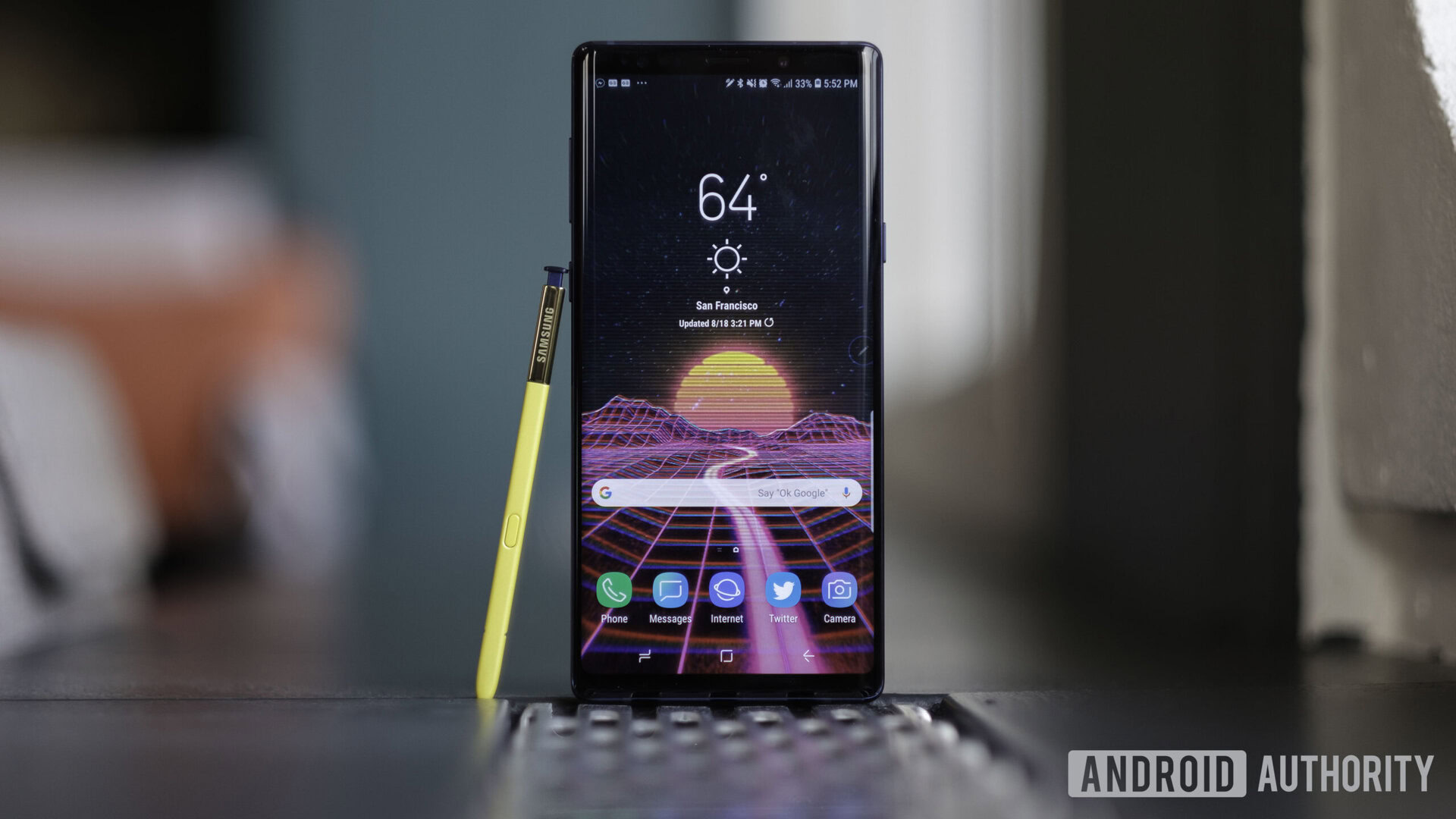
It feels like just the other day when the $299 OnePlus One and $180 Moto G redefined value in the smartphone space. Back then, $500 to $600 flagships were the norm, and $150 to $200 phones were disappointing experiences for the most part.
Last year played host to a similar year in terms of bang for your buck, with low-cost flagships grabbing headlines throughout. The Xiaomi POCOphone F1 blew away expectations, offering a top-end Snapdragon 845 chipset for just $300. Who cares if the cameras aren’t amazing when it has a speedy chipset, loads of memory, and plenty of storage, right?
Huawei’s Honor sub-brand joined Xiaomi in redefining expectations too, launching the ~$300 HONOR Play and ~$450 HONOR 10 — both powerful, feature-rich devices at low price tags.
That wasn’t the only really big trend of the last year. There was also the continued rise of the ultra-expensive, luxury flagship phone like the iPhone XS Max, LG V40 ThinQ, Samsung Galaxy Note 9 and HUAWEI Mate 20 Pro.
Coming in at around $1,000, these phones are clearly positioned at the top of the pile for price, but they aren’t gold-plated like those silly Vertu phones. There’s more to today’s ultra-premium phones than garish aesthetics.
What do luxury flagships offer?
“Why should I grab a $1,000 phone when $300 devices are better than they’ve ever been?” I hear you muse.
That $300 POCOphone F1 will certainly do the job well, but it makes several compromises to reach that price. The luxury flagships excel at being compromise-free experiences for the power user.
Buy the POCOphone F1 over the Galaxy Note 9 and you miss out on an industry-leading OLED screen, Bluetooth-powered stylus, up to 512GB of expandable storage, and the trifecta of wireless charging, IP68, and a headphone jack. You also get an excellent rear-facing dual-camera setup, which earned Samsung a nod in our Best of Android 2018 awards.
You're missing out on a ton of features if you opt for an affordable flagship over a $1000 phone.
Get the POCOphone F1 over the Mate 20 Pro, and you’re missing out on water resistance, wireless charging, reverse wireless charging, an OLED display, and 3D face unlock. You’re also missing out on a slick triple camera setup featuring wide, telephoto, and normal lenses.
The LG V40 ThinQ was similarly stacked for close to $1,000, sporting an IP68 design, OLED screen, quad-DAC audio hardware, a headphone jack, wireless charging, and an innovative triple camera setup on the back of the device. The V40 was the best sounding smartphone of 2018, as we learned in our Best of Android 2018 awards.
These features might not make a big difference for the average user, but power users will certainly like the “everything but the kitchen sink” approach. Heck, even the average consumer has to admit you get quite a few extras compared to affordable flagships.
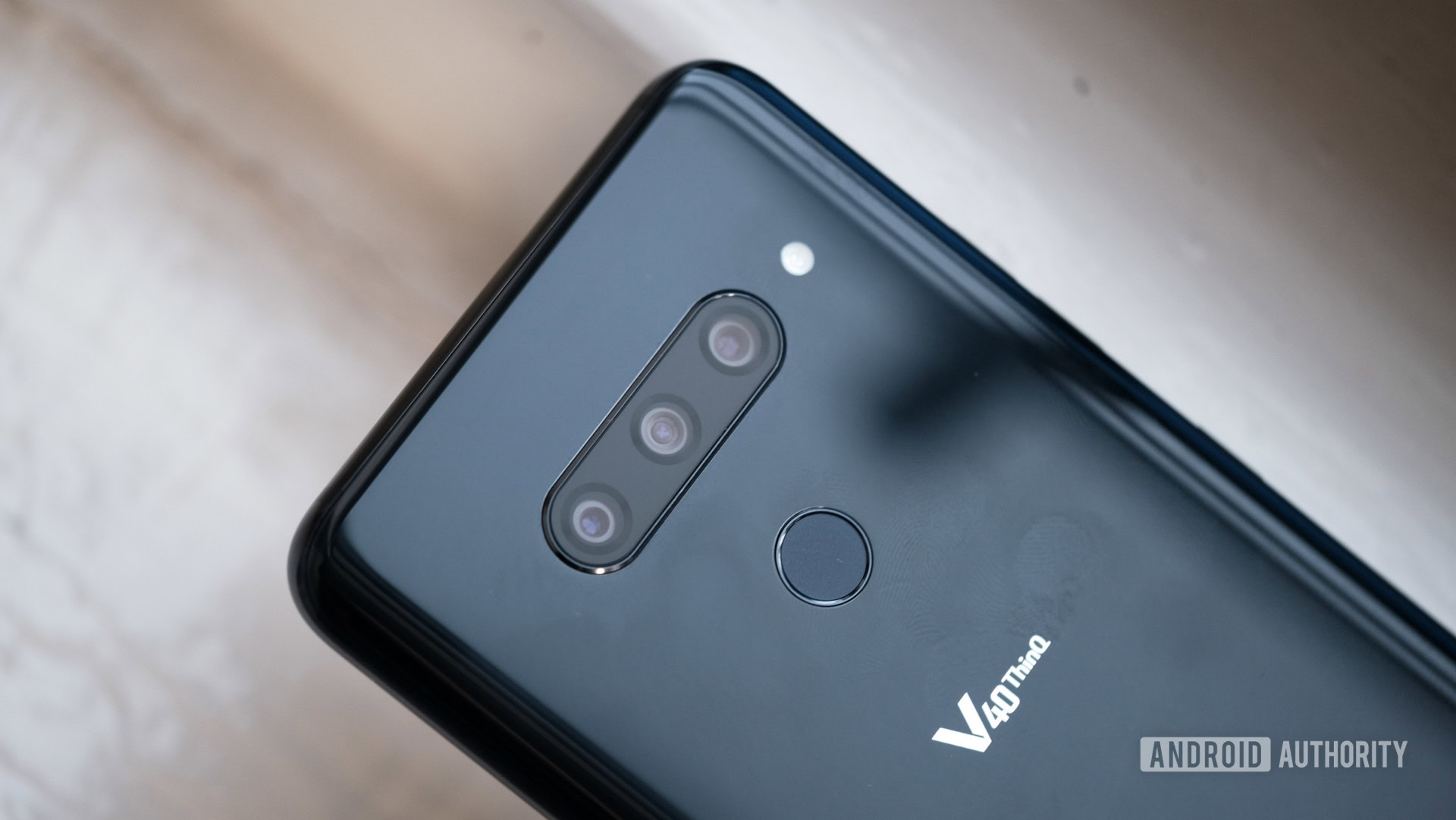
In the other corner, POCOphone F1 and HONOR devices aren’t the only affordable high-end phones that don’t quite match up to luxury flagships. The $530 OnePlus 6 and $550 OnePlus 6T also make several compromises compared to top devices, skipping a proper IP rating, wireless charging, and OIS on the secondary camera. Again, something has to give to achieve the lower price point.
Later in 2019, the first wave of foldable phones like the Samsung Galaxy Fold and the HUAWEI Mate X are going to be priced as luxury flagships, with prices around $2,000 or more.
Are luxury flagships here to stay?
Big Android OEMs are definitely not afraid to put out luxury flagships, but Apple practically owns the space thanks to its iPhone XS series. Starting at $999 for the iPhone XS and $1,099 for the Max model, you get a beast of a chipset, IP68 water and dust resistance, wireless charging, a 12MP standard and 12MP telephoto rear camera pairing (both with OIS), and 3D face unlock.
In fact, you could argue Apple’s move towards luxury is what prompted Android OEMs to go upscale in the first place.
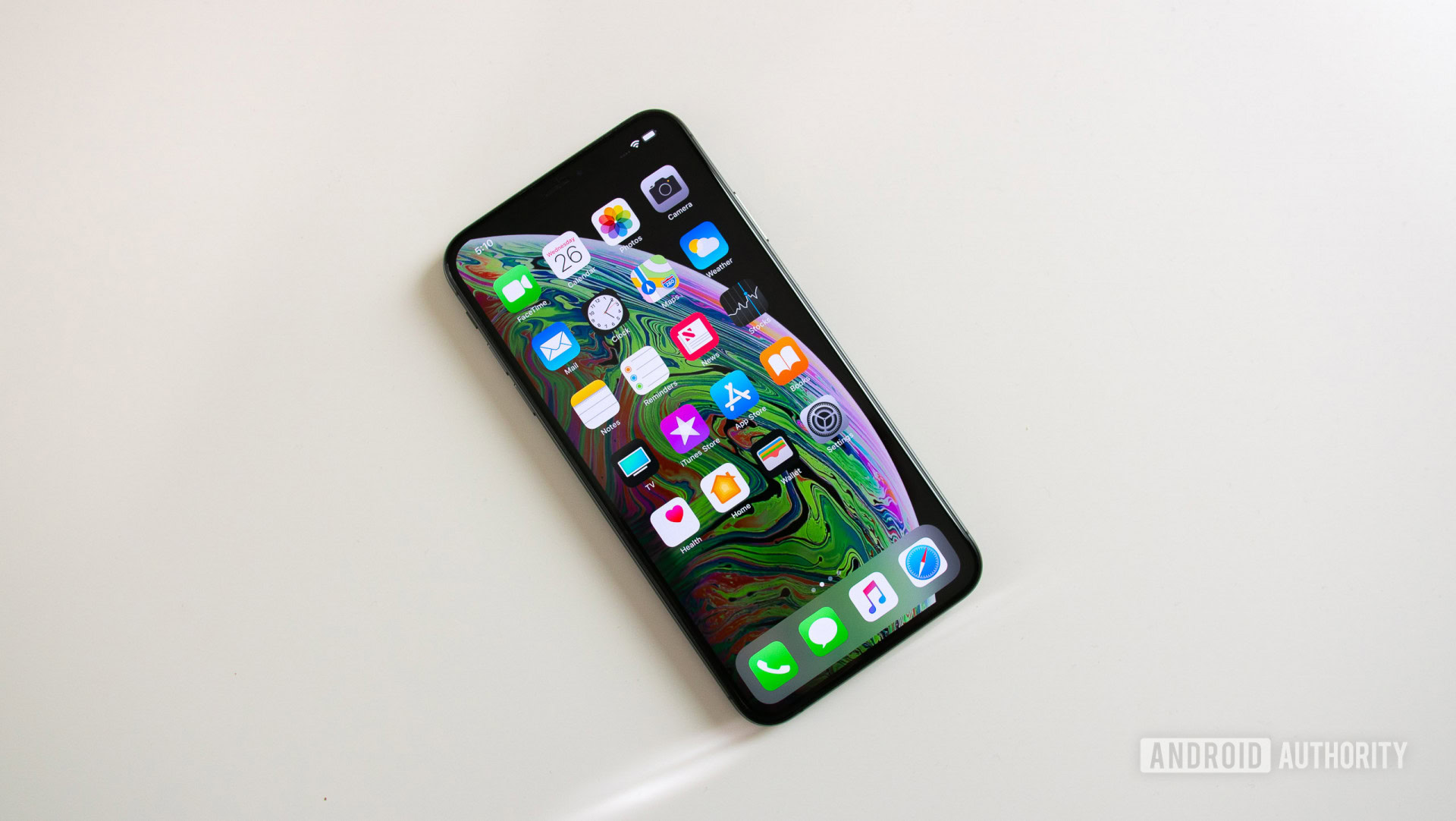
Apple’s move to go higher made plenty of sense in the beginning, allowing it to earn a bigger profit margin at the expense of market share. But the strategy appears to have backfired in a massive way, as iPhone sales are now flagging. The Cupertino firm revealed that it expects lower Q1 revenue due to the reduced demand for iPhones. The company also blamed battery replacements and the Chinese market for the drop in sales.
Samsung has been feeling the sting with the Galaxy Note 9 too, issuing alarming Q4 2018 guidance. The Korean company expects profits to fall 28 percent compared to a year ago, marking the first decline of the sort for the firm in over two years. The company largely attributes the drop to its memory chip business, but it also confirmed that smartphone sales were flat. In other words, the Galaxy Note 9 wasn’t the sales winner they thought it could be. It’s no accident that Samsung is drumming up excitement for foldables as an antidote to current “modest smartphone sales.”
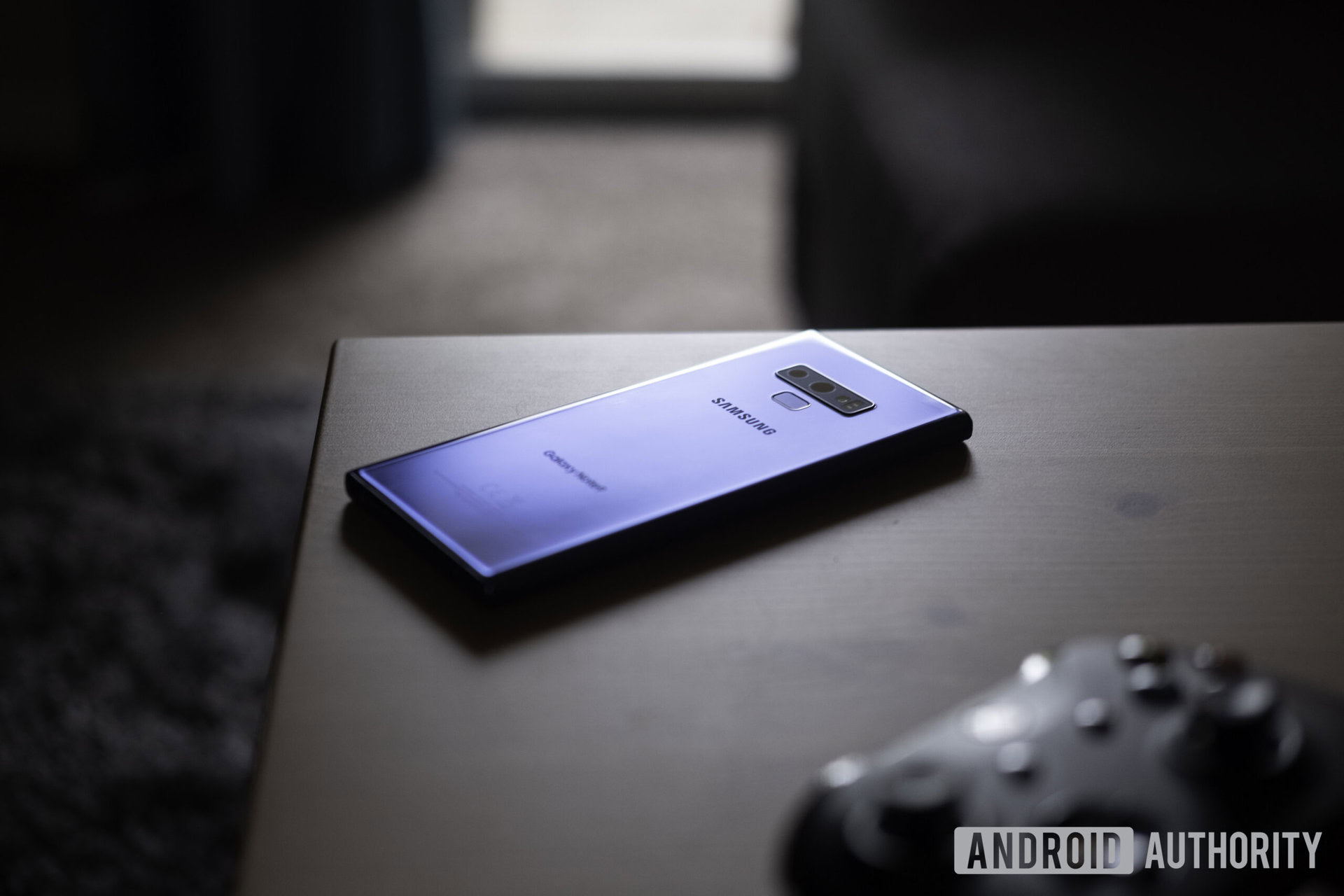
LG is expecting a massive 80 percent drop in profits compared to a year ago, with analysts citing smaller profit margins for TVs and (yes) lower smartphone sales for the drop. Presumably, the LG V40 didn’t quite rake in big numbers for the company.
Looking at Apple and Samsung, one could certainly argue their luxury flagships didn’t do enough to stand out from the already great 2017 models. The iPhone XS duo essentially delivered a new chipset and smart HDR functionality. Meanwhile, Samsung tried to pack a little more into the Note 9 than its predecessor, such as a Bluetooth S-Pen and a long-overdue battery upgrade, but this didn’t entice people to upgrade as much as Samsung thought it would.
Then there’s LG and the V40, which offered an industry-defining change in the camera field thanks to five cameras. But the device was, for better or worse, extremely similar to the 2017 model. And when you couple that with mixed critical reviews and an arguably tarnished brand, you shouldn’t be surprised if it misses expectations.
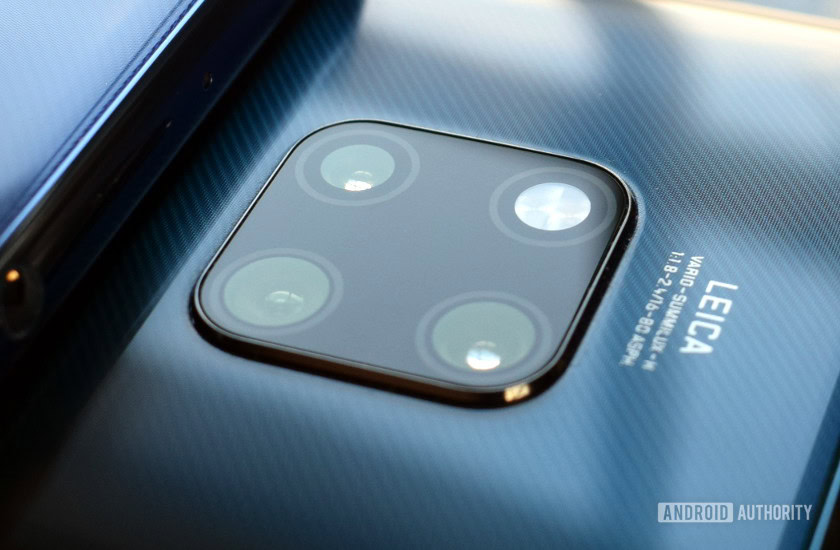
That only leaves HUAWEI, and it tentatively seems to have bucked the trend by increasing sales over its predecessors. In fact, HUAWEI claimed Mate 20 Pro pre-orders eclipsed the cheaper P20 Pro in Western Europe by 40 percent. It helps that HUAWEI stuffed the Mate 20 Pro with features, such as the triple camera setup, reverse wireless charging, a slightly bigger battery, and an in-display fingerprint sensor.
Just this week, the CEO Richard Yu said HUAWEI expects to grab the first place in global sales from Samsung as soon as this year. Sure, the company is riding a massive wave of momentum right now, having sold 208 million in 2018, a huge 35 percent year-on-year increase. On the flip side, HUAWEI is the only luxury flagship player that doesn’t have a proper U.S. presence.
HUAWEI stands in stark contrast with other luxury flagship players (and the larger market) thanks to its current wild success.
HUAWEI hasn’t disclosed how many Mate 20 Pro’s it sold, and it’s not clear how many of the 208 million units it sold in 2018 are actually low-cost Honor handsets. But the Chinese giant stands in stark contrast with the other luxury flagship players (and the larger market) thanks to its current wild success.
HUAWEI seems to have proven that $1000+ flagships can be commercially successful endeavors. But consumers need to be able to justify the upgrade over the predecessor or a cheaper device. Simply adding an extra camera or slapping an automaker’s sticker on the device isn’t enough to make it an attractive proposition.
What happens next?
The likes of LG and Samsung will be licking their wounds then, but 2019 is looking like a big opportunity to land vicious blows. The year is shaping up to be a transformative one for the industry, as 5G and foldable phones present a big opportunity for brands to push out innovative (and very expensive) flagships. This doesn’t mean affordable flagships don’t have their place, however. It’s obvious that these phones are good enough for most consumers out there.
Luxury smartphones also have their place, but Android brands can’t put all their eggs in one diamond-encrusted basket. Manufacturers will need to diversify their flagship strategy if they hope to be a success story in 2019. Above all, they’ll need to work hard to ensure that the premium their asking for is justified by the product.